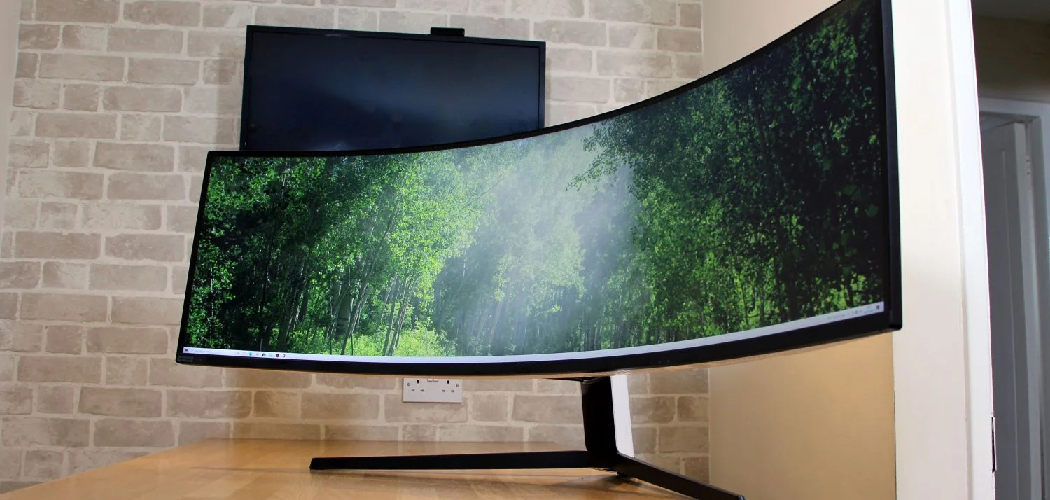Accurate measurements are the foundation of a well-organized and ergonomic workspace, and when it comes to curved monitors, understanding how to measure them correctly ensures optimal placement and viewing comfort. The unique curvature of these displays adds an immersive dimension to gaming, productivity, and multimedia experiences, making precise measurements crucial for achieving the desired visual impact.
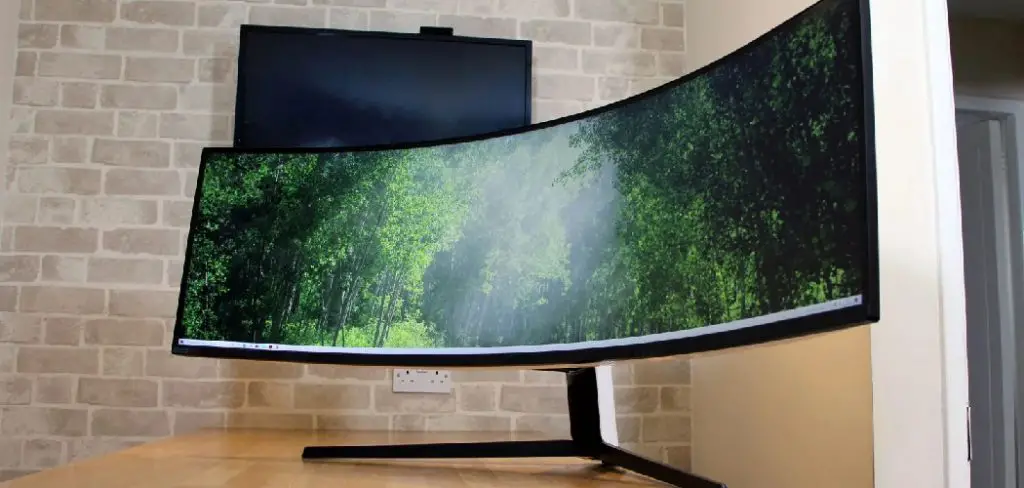
In this guide, we will explore the step-by-step process of how to measure curved monitor, considering key aspects such as screen size, curvature radius, and viewing distance. Whether you are mounting the monitor on a wall, selecting an appropriate desk space, or configuring a multi-monitor setup, mastering the art of measuring curved monitors empowers you to create a tailored and visually immersive workstation.
Join us on this journey as we unravel the techniques to accurately measure curved monitors, enhancing your ability to curate a personalized and visually captivating computing environment.
Importance of Measuring a Curved Monitor
When it comes to purchasing a new monitor, there are a few factors you need to consider. Along with the size and resolution of the screen, you may also want to take into account the curvature of the monitor. Curved monitors have become increasingly popular in recent years due to their immersive viewing experience and improved ergonomics.
However, with this added curved feature, measuring a monitor can become slightly more complicated. In this article, we will discuss the importance of measuring a curved monitor and provide you with the necessary steps to accurately measure your monitor.
10 Methods How to Measure Curved Monitor
1. Use a Measuring Tape
The most basic and straightforward method to measure a curved monitor is by using a measuring tape. Simply place the end of the tape at one corner of the screen and extend it to the opposite corner, making sure to follow the curve of the monitor. This will give you an accurate measurement of the diagonal length of the screen.
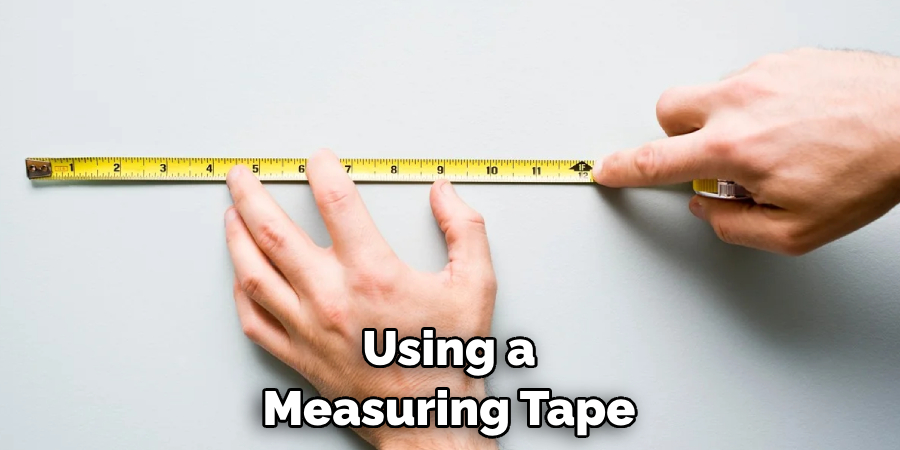
2. Measure from Top to Bottom
Another way to measure a curved monitor is by measuring from top to bottom. Place one end of your measuring tape at the top edge of the screen and extend it down to the bottom edge, following the curve. This will give you the height measurement of your monitor. Make sure to take note of the units you are using, whether it is in inches or centimeters.
3. Measure from Side to Side
Similar to measuring from top to bottom, you can also measure your curved monitor from side to side. Place one end of your measuring tape at one edge of the screen and extend it across, following the curve, until you reach the other edge. This will give you the width measurement of your monitor. Make sure to take note of this measurement as well.
4. Use a Ruler
If you don’t have a measuring tape on hand, you can also use a ruler to measure your curved monitor. Place one end at either corner and use another object with a straight edge (such as a book or credit card) to connect both ends, creating a straight line that follows the curve of your monitor.
Then simply measure this line with your ruler for an accurate measurement. However, keep in mind that using a ruler may not give you the most precise measurement due to the limitations of connecting two points on a curve with a straight line.
5. Check Manufacturer Specifications
If you want precise measurements for your curved monitor, check its manufacturer specifications online or in its user manual. Many manufacturers provide detailed dimensions for their products that include both diagonal length and height/width measurements.

This is especially helpful if your monitor has a unique curvature or shape that requires specific measurements. You can also find information on the product’s weight, which can be useful for selecting an appropriate stand or mount.
6. Download an App
There are various apps available for smartphones that can help you accurately measure objects using just your phone’s camera and some simple instructions. These apps often have options specifically for measuring curved objects like monitors.
Some popular apps include Smart Measure, AR Ruler, and Ruler App. Make sure to check the ratings and reviews before downloading an app to ensure its accuracy. Once you have downloaded the app of your choice, follow the instructions to measure your curved monitor accurately.
7. Use String or Thread
For those without any tools on hand, you can also measure a curved monitor using string or thread. Simply place one end at one corner of the screen and follow the curve until you reach the opposite corner. Then measure this string with a ruler or measuring tape for an accurate measurement. To get a more precise measurement, you can also use a flexible tape measure that can follow the curve of the monitor more closely.
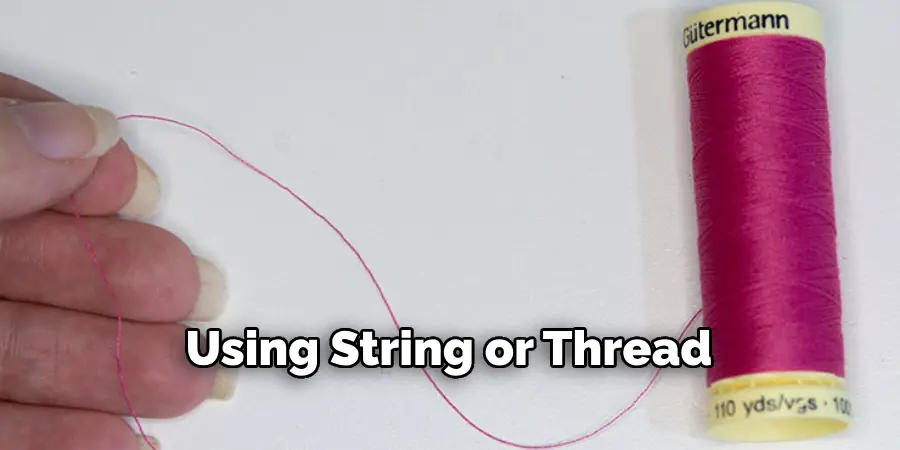
8. Compare to A Flat Screen
If you have a flat screen monitor on hand, you can use it as a reference point to estimate the measurements of your curved monitor. Place the two screens next to each other and compare their sizes, taking into account the curvature of the curved monitor. This will give you a general idea of how much larger or smaller the curved monitor is in terms of height and width.
9. Consult a Professional
If you need precise measurements for a specific purpose, such as fitting your curved monitor into a specific space or mounting it on a wall, it may be best to consult a professional for accurate measurements. They may use specialized tools, such as a digital caliper or measuring tape with a curved edge, to get the most precise measurements. A professional can also advise on any potential challenges when mounting or using a curved monitor and offer solutions for optimal viewing experience.
10. Use an Online Calculator
There are also online calculators available that can help you determine the diagonal length of your curved monitor based on its height and width measurements. Simply input your measurements and let the calculator do the work for you. This can be especially useful if you are not comfortable with math or want a quick and easy solution.
Measuring the Bezel Height and Width
When it comes to measuring a curved monitor, one of the most important factors to consider is the bezel height and width. The bezel is the outer frame of the monitor that surrounds the screen. It can greatly affect the overall size and dimensions of a monitor, making it an essential aspect to measure.
To begin, you will need a measuring tape or ruler. You can also use a piece of string and then measure it with a ruler later on. Start by placing the measuring tape at the top left corner of the monitor’s bezel. Then, carefully run it along the bezel until you reach the bottom right corner.
Note down the measurement in inches or centimeters, depending on your preference. This will give you the bezel width of your curved monitor. To get the bezel height, repeat the same process from the top left corner to the bottom left corner of the bezel. However, this time, run the measuring tape along the vertical edge of the monitor.
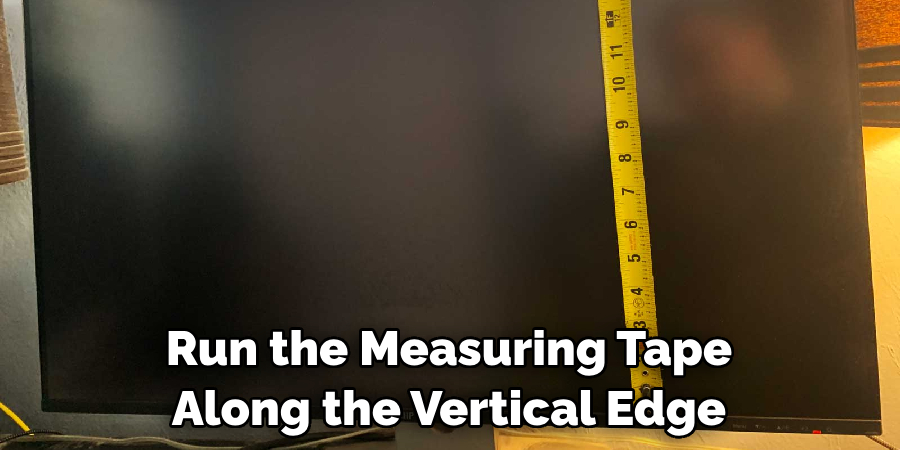
Once you have both the bezel height and width measurements, add them together to get the total diagonal measurement. For example, if your bezel height is 2 inches and your bezel width is 3 inches, then your diagonal measurement would be 5 inches.
Checking Compatibility with Desk or Mount
When considering purchasing a curved monitor, it is important to first check if it is compatible with your desk or mount. This will ensure that you have a secure and stable setup for your new monitor.
To check compatibility with your desk, measure the depth of your desk from front to back. Most curved monitors are deeper than flat monitors, so it is important to make sure your desk can accommodate the extra depth.
If you are planning to mount your curved monitor, make sure to check the VESA compatibility of both your monitor and mount. VESA (Video Electronics Standards Association) is a standardized pattern of mounting holes on the back of monitors for easy installation. Most curved monitors have a VESA mount option, but it is always best to double check before purchasing.
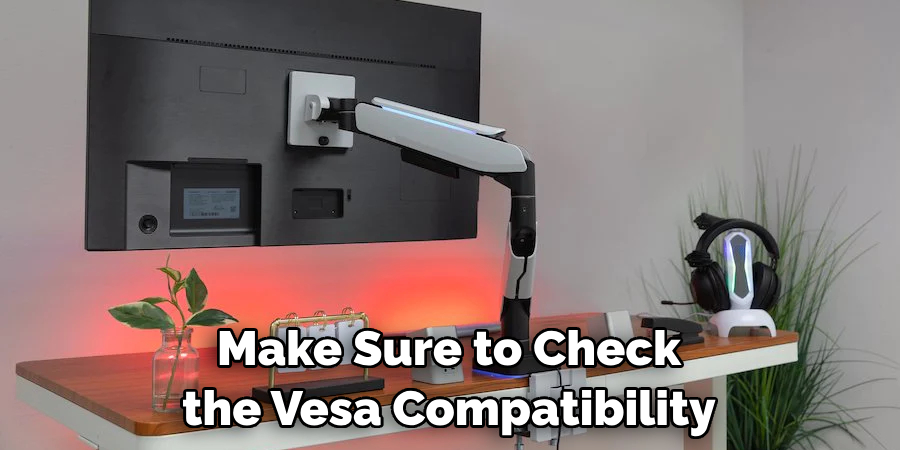
Additionally, when measuring for a mount, make sure to consider the curvature of the monitor. This will affect how far away from the wall your monitor will sit and may require a longer arm or bracket.
Overall, it is important to take accurate measurements and do proper research on compatibility before investing in a curved monitor. This will ensure a smooth setup process and prevent any unexpected surprises.
Things to Consider when Measuring a Curved Monitor
If you are planning on purchasing a new curved monitor or need to measure one for a specific purpose, here are some things to keep in mind:
- Take into account the curvature of the screen when measuring. The diagonal length of a curved monitor will be longer than that of a flat-screen monitor with the same height and width measurements.
- Consider the different units of measurement used. Curved monitors tend to be measured in inches, while flat-screen monitors are usually measured in centimeters.
- Pay attention to the specific shape and curvature of your monitor. Some curved monitors have a deeper or shallower curve, which can affect measurements and compatibility with stands or mounts. Always check the manufacturer specifications for accurate measurements.
- Consult a professional for precise measurements if needed, especially when fitting the monitor into a specific space or mounting it on a wall.
Common Mistakes to Avoid When Measuring a Curved Monitor
Measuring the Diagonal Screen Size Only
One of the most common mistakes people make when measuring a curved monitor is only considering the diagonal screen size. This measurement refers to the distance between opposite corners of the screen, which may not accurately represent the actual width of the display.

Not Accounting for the Curve
Another mistake people make is not accounting for the curve of a curved monitor when measuring it. The curved shape adds extra distance between the front and back of the screen, which means you need to measure it differently than a flat monitor.
To accurately measure a curved monitor, you should use a flexible measuring tape and follow the curvature of the screen. Start from one corner and wrap the tape around until it reaches the opposite corner. This will give you an accurate measurement of the curved width of the monitor.
Using the Wrong Unit of Measurement
Using the wrong unit of measurement is also a common mistake when measuring a curved monitor. Many people mistakenly use inches instead of centimeters, or vice versa, which can lead to incorrect results.
To avoid this mistake, make sure you are using the same unit of measurement throughout your measurements. If you are unsure about conversions, there are many online tools and calculators available to help you.
Conclusion
In conclusion, it is important for anyone looking to purchase a curved monitor to understand how to measure it correctly. This will not only ensure that you are getting the right size for your space, but also that you are making an informed decision when investing in this technology. By following the steps outlined in this post, you can confidently head to the store or browse online knowing exactly what size and curvature will work best for your needs.
Don’t let the idea of measuring a curved monitor intimidate you – with the right tools and knowledge, it’s a simple process that can make all the difference in your overall viewing experience. So whether you’re a gamer, designer, or just looking for a more immersive way to watch movies, don’t forget these key tips on how to measure curved monitor. Now go forth and find your perfect curved screen match!

